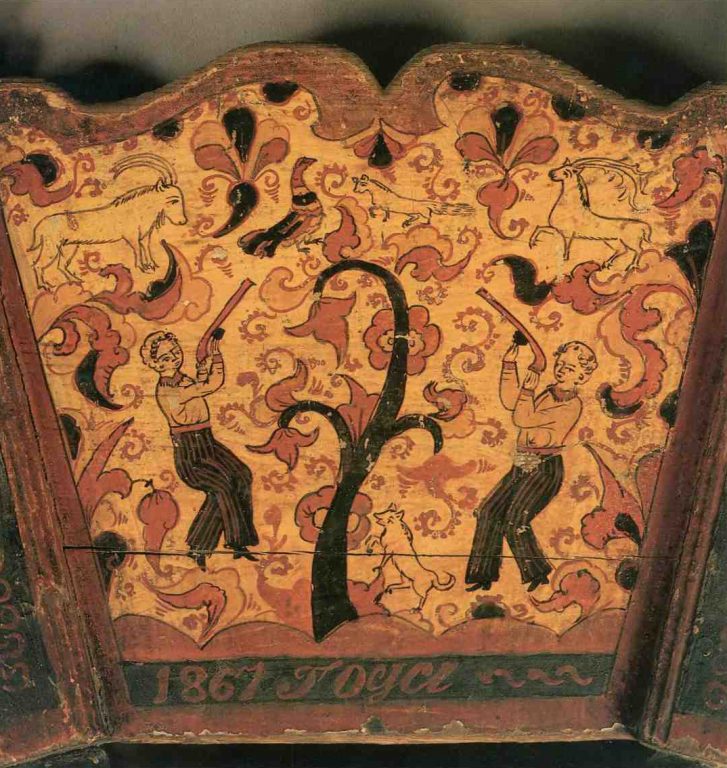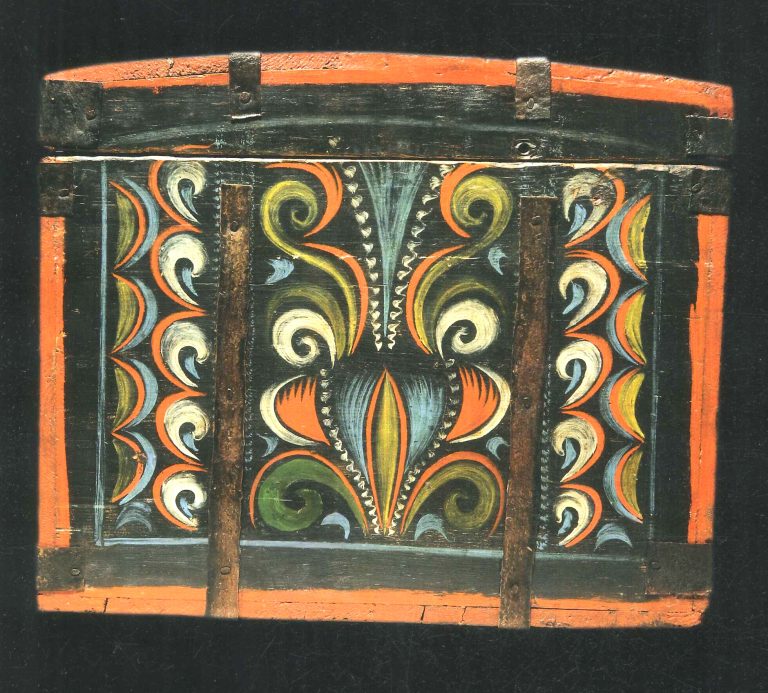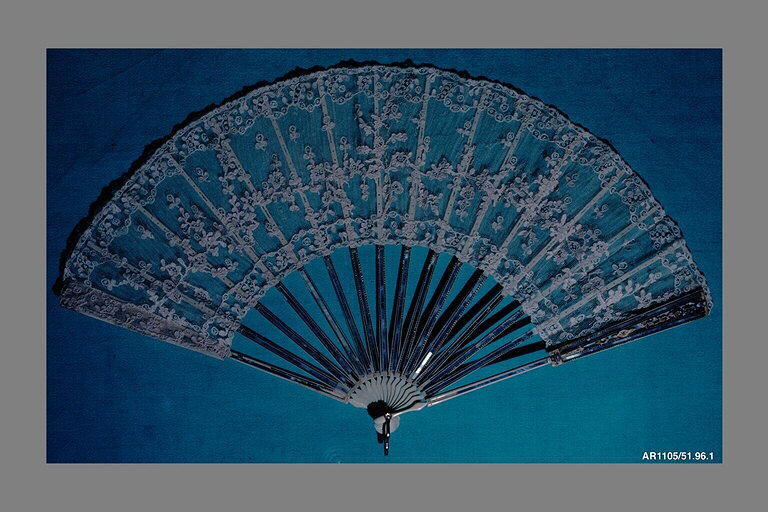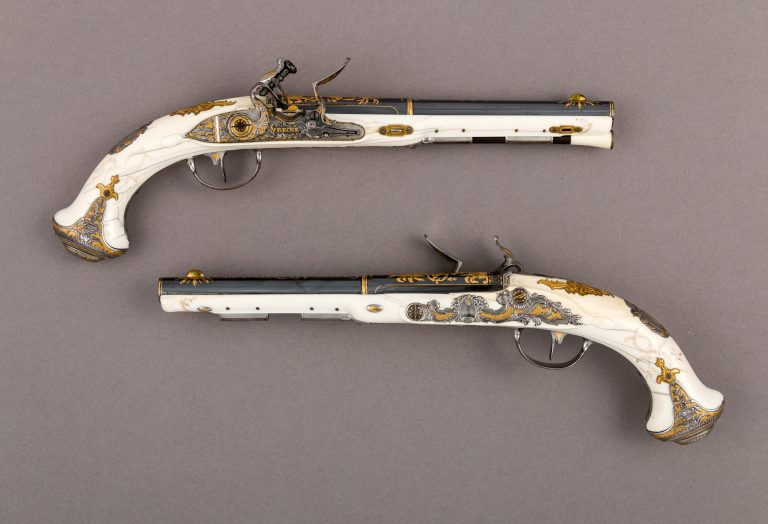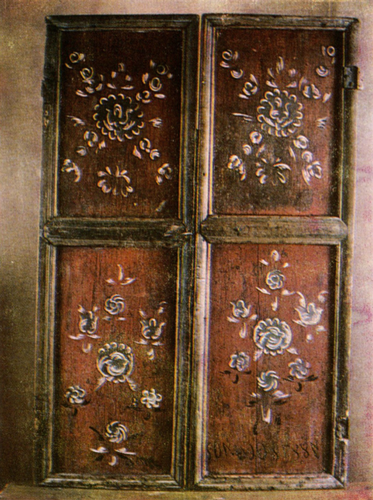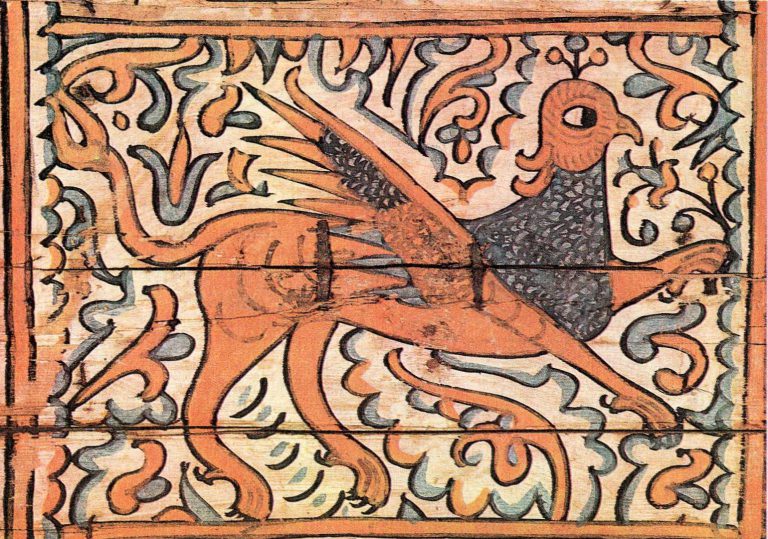

-
Objectfurniture, chests, stoves: Relief
-
Type of arts & crafts
-
MediumIvory
-
Size2.99 x 2.44 x 0.43 in. (7.59 x 6.2 x 1.09 cm)
-
Geography details
Iraq -
Country today
-
Dateca. 8th-7th century B.C.
-
CultureAssyrian
-
PeriodNeo-Assyrian
-
Type of sourceDatabase “Metropolitan Museum of Art”
-
Fund that the source refers toMetropolitan Museum of Art
-
This plaque was found in a storage room in Fort Shalmaneser, a royal building at Nimrud that was used to store booty and tribute collected by the Assyrians while on military campaign. It depicts a stylized tree that combines fan-like papyrus flowers and stylized rounded blossoms that may represent pomegranates. A delicate network of eleven branches radiates out from a central trunk, bound together at the midpoint by a horizontal element; above, a pair of curled leaf-like forms called volutes springs from the single vertical branch. Five branches end in papyrus flowers, and six end in rounded blossoms. The tree combines features of two different types of plants to depict a symbol of abundance and fruitfulness connected with the agricultural cycle. A plain border extends at the upper and lower edges of the plaque. Carved ivory pieces such as this were widely used in the production of elite furniture during the early first millennium B.C. They were often inlaid into a wooden frame using joinery techniques and glue, and could be overlaid with gold foil or inlaid to create a dazzling effect of gleaming surfaces and bright colors. Traces of the tenons used to fit this plaque into a frame are still preserved above and below, and a fitter’s mark can be seen on the lower tenon—a mark used as a key to guide the artisan assembling the furniture, indicating that a tab should be inserted into a slot with a matching mark. A series of six plaques found in another storeroom in Fort Shalmaneser, one of which is in the Metropolitan’s collection (59.107.9a, b), depict similar stylized trees.
Built by the Assyrian king Ashurnasirpal II, the palaces and storerooms of Nimrud housed thousands of pieces of carved ivory. Most of the ivories served as furniture inlays or small precious objects such as boxes. While some of them were carved in the same style as the large Assyrian reliefs lining the walls of the Northwest Palace, the majority of the ivories display images and styles related to the arts of North Syria and the Phoenician city-states. Phoenician style ivories are distinguished by their use of imagery related to Egyptian art, such as sphinxes and figures wearing pharaonic crowns, and the use of elaborate carving techniques such as openwork and colored glass inlay. North Syrian style ivories tend to depict stockier figures in more dynamic compositions, carved as solid plaques with fewer added decorative elements. However, some pieces do not fit easily into any of these three styles. Most of the ivories were probably collected by the Assyrian kings as tribute from vassal states, and as booty from conquered enemies, while some may have been manufactured in workshops at Nimrud. The ivory tusks that provided the raw material for these objects were almost certainly from African elephants, imported from lands south of Egypt, although elephants did inhabit several river valleys in Syria until they were hunted to extinction by the end of the eighth century B.C.










